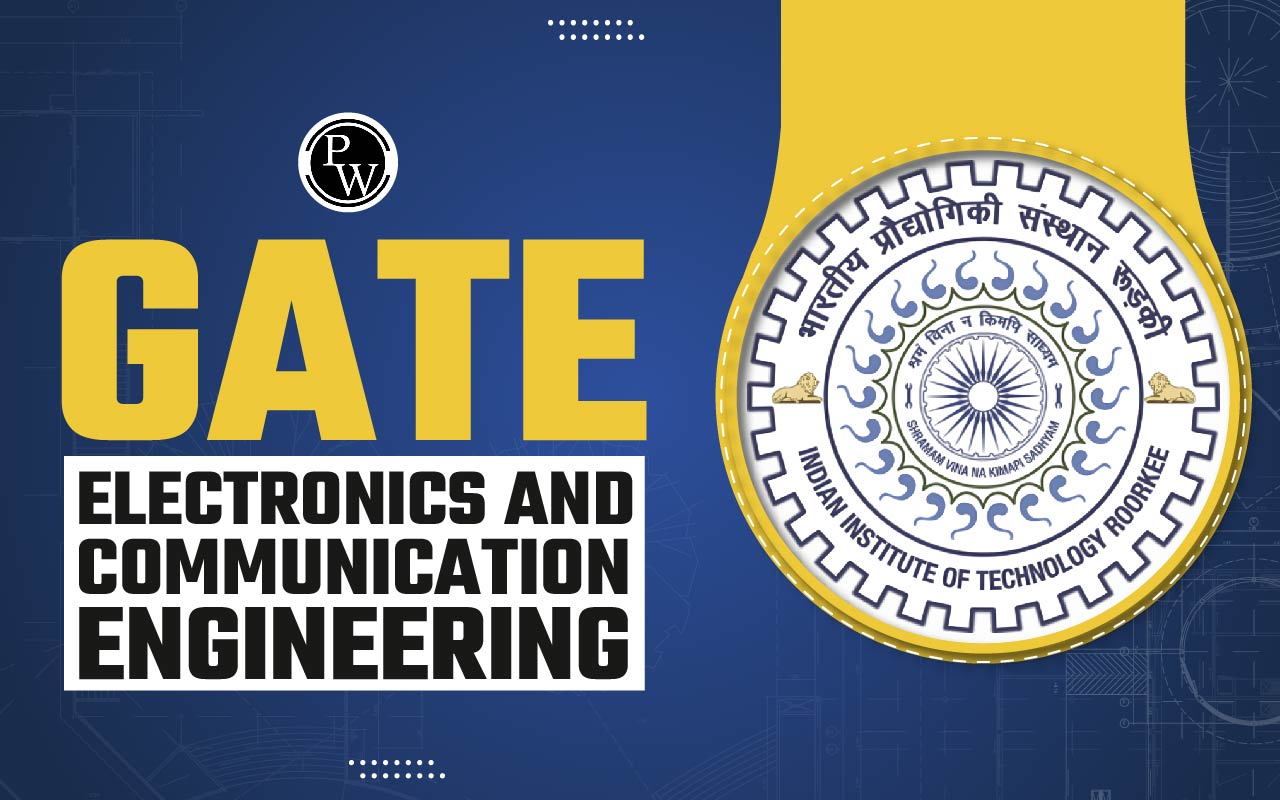
Introduction:
In root locus analysis, "breakaway" and "break-in" points are key points at specific locations on the root locus plot where the system's open-loop poles enter or exit the complex plane. These points play a crucial role in understanding the stability and behavior of a control system.
Breakaway Point:
- A breakaway point is a point on the root locus plot where two branches of the locus approach and depart from each other.
- It indicates the locations on the complex plane where two complex conjugate poles of the open-loop system cross each other while varying a system parameter (usually the controller gain K) continuously.
- At the breakaway point, the system is marginally stable, and any change in K will result in the poles moving into or out of the complex plane.
- The breakaway point is determined by solving the characteristic equation for the open-loop system and finding the values of K where the equation has a double root (repeated pole). These repeated poles signify the breakaway point.
Break-in Point:
- A break-in point is a point on the root locus plot where a branch of the locus re-enters the complex plane.
- It indicates where a complex conjugate pole pair of the open-loop system, which initially left the complex plane as the gain K was increased, re-enters the complex plane as K continues to increase.
- The break-in point typically occurs when a branch of the locus reaches the point where two complex poles become real and separate.
- The break-in point is also determined by solving the characteristic equation for the open-loop system, but in this case, it's where two real roots become complex conjugate poles.
Steps for Finding the breakaway and break-in points in a root locus plot:
Step 1: Write the Open-Loop Transfer Function: Begin with the open-loop transfer function of your control system. The open-loop transfer function is typically in the form of G(s)H(s) = K*G(s), where K is the controller gain. Step 2: Identify the Characteristic Equation: The characteristic equation is derived from the denominator of the open-loop transfer function. It is obtained by setting the denominator equal to zero. In other words, it is the equation obtained when the denominator of G(s)H(s) is set to zero:D(s) = 0
Step 3: Find the Roots of the Characteristic Equation: Solve the characteristic equation to find the poles (roots) of the open-loop system for various values of K. In general, the characteristic equation is a polynomial equation in s. Step 4: Construct the Root Locus Plot: Draw the root locus plot by varying the controller gain K from zero to infinity. Plot the loci of the poles as K changes, and indicate the branches as they move across the complex plane. Step 5: Identify the Real Axis (Horizontal) Line: The breakaway and break-in points are typically located on the real axis of the complex plane. So, focus on the real axis. Step 6: Locate Breakaway Points:- For breakaway points, look for points where two branches approach each other on the real axis and then split apart. This means that two complex poles become a real pole and a complex conjugate pair.
- At the breakaway point, the following equation holds: D'(s) = 0, where D'(s) is the derivative of the characteristic equation with respect to s.
- Solve for the value of s that satisfies this equation. This value of s represents the location of the breakaway point.
- To find the corresponding value of K, substitute the breakaway point s-value back into the characteristic equation
(D(s) = 0).
Step 7: Locate Break-in Points:- For break-in points, identify the locations where a real pole and a complex conjugate pole on the real axis join to form a complex conjugate pair as K is increased.
- At the break-in point, the following equation holds: D(s) = 0, where D(s) is the characteristic equation.
- Solve for the value of s that satisfies this equation. This value of s represents the location of the break-in point.
- To find the corresponding value of K, substitute the break-in point s-value back into the characteristic equation (D(s) = 0).
Talk to a counsellorHave doubts? Our support team will be happy to assist you!

Check out these Related Articles
Free Learning Resources
PW Books
Notes (Class 10-12)
PW Study Materials
Notes (Class 6-9)
Ncert Solutions
Govt Exams
Class 6th to 12th Online Courses
Govt Job Exams Courses
UPSC Coaching
Defence Exam Coaching
Gate Exam Coaching
Other Exams
Know about Physics Wallah
Physics Wallah is an Indian edtech platform that provides accessible & comprehensive learning experiences to students from Class 6th to postgraduate level. We also provide extensive NCERT solutions, sample paper, NEET, JEE Mains, BITSAT previous year papers & more such resources to students. Physics Wallah also caters to over 3.5 million registered students and over 78 lakh+ Youtube subscribers with 4.8 rating on its app.
We Stand Out because
We provide students with intensive courses with India’s qualified & experienced faculties & mentors. PW strives to make the learning experience comprehensive and accessible for students of all sections of society. We believe in empowering every single student who couldn't dream of a good career in engineering and medical field earlier.
Our Key Focus Areas
Physics Wallah's main focus is to make the learning experience as economical as possible for all students. With our affordable courses like Lakshya, Udaan and Arjuna and many others, we have been able to provide a platform for lakhs of aspirants. From providing Chemistry, Maths, Physics formula to giving e-books of eminent authors like RD Sharma, RS Aggarwal and Lakhmir Singh, PW focuses on every single student's need for preparation.
What Makes Us Different
Physics Wallah strives to develop a comprehensive pedagogical structure for students, where they get a state-of-the-art learning experience with study material and resources. Apart from catering students preparing for JEE Mains and NEET, PW also provides study material for each state board like Uttar Pradesh, Bihar, and others
Copyright © 2025 Physicswallah Limited All rights reserved.












